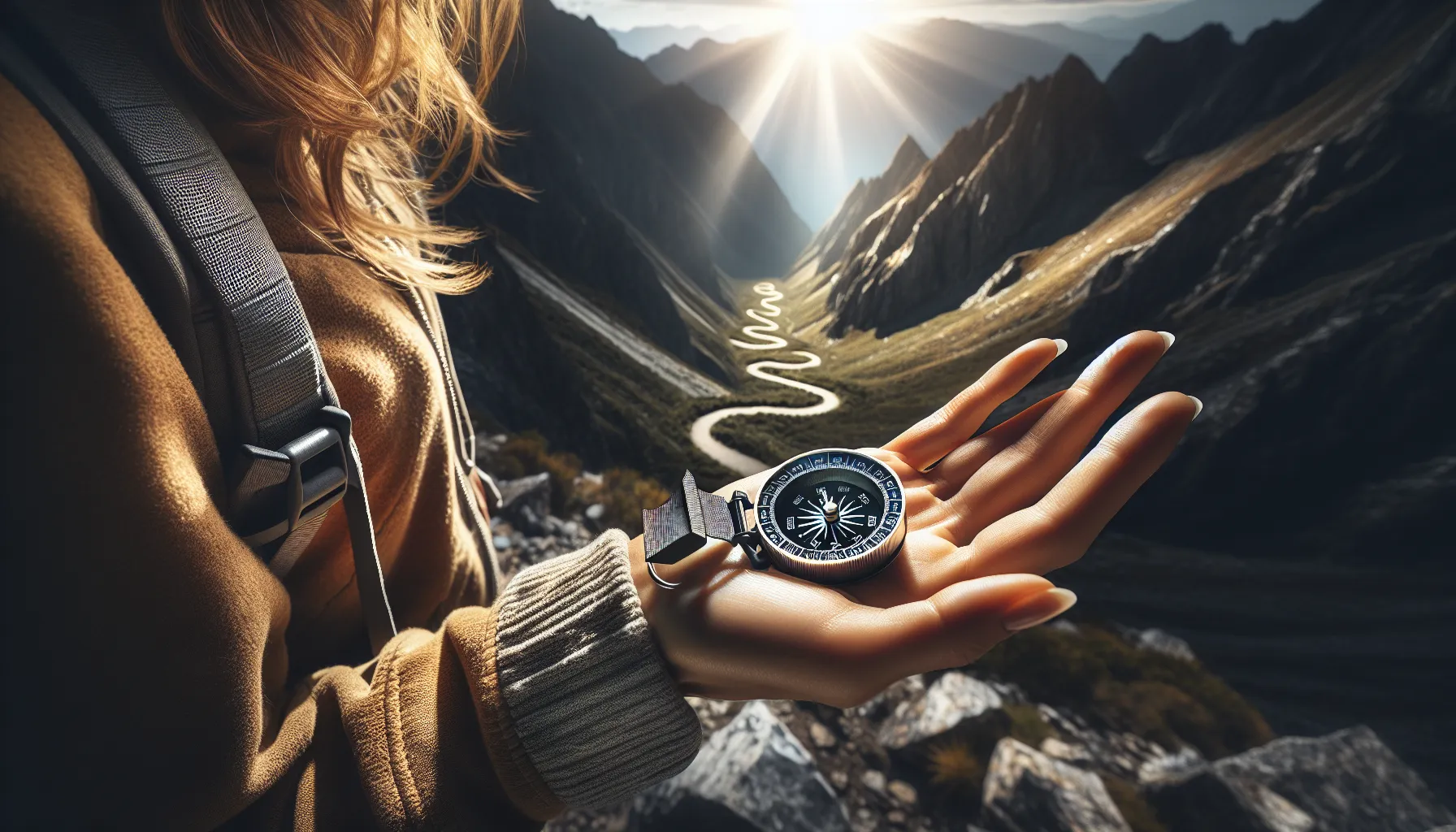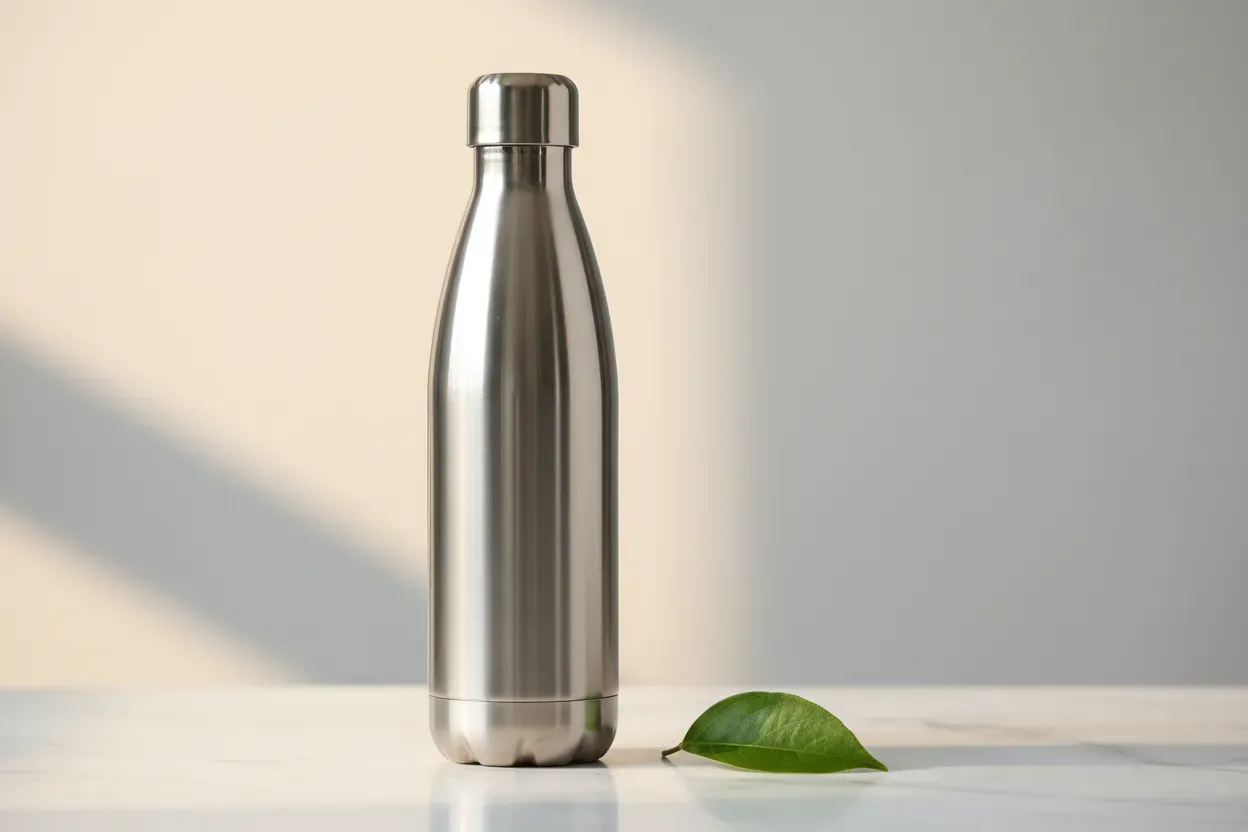What’s Your Strategy for Staying Safe While Traveling Solo?
Solo travel can be an exhilarating experience, but it also requires smart safety strategies. We’ve gathered five personal safety practices from CEOs and founders, among other experts, to ensure your adventures remain secure. From researching destination safety to informing trusted contacts of your itinerary, discover the essential tips for staying safe while exploring the world on your own.
- Research Destination Safety Thoroughly
- Secure Belongings with Body Straps
- Store Local Emergency Numbers
- Maintain Device Security with VPN
- Inform Trusted Contacts of Itinerary
Research Destination Safety Thoroughly
I used to travel a lot back in the day—since then, I’ve visited 83 countries—and before deciding where to go, I would do thorough research on the general safety of my destination every time I would go. This included safety in my hotel area, the crime index for the city, and other reports. It is a time-consuming task for sure, but I definitely think every solo traveler should do their research. I’ve even introduced a feature into my product, Ratepunk, that collects all that data for you and puts it in one place without spending hours on research. The idea for the feature came from my solo travels’ struggles.
Another tip is to always have your location shared with someone you trust. I share my location with my wife, and when I go on more dangerous solo hiking trips, I tell her that I will contact her at specific intervals and that if I don’t, she should reach out for help. I hope these tips help you; let me know if you need any more tips—I have more.
 Justin Albertynas
Justin Albertynas
CEO, Ratepunk
Secure Belongings with Body Straps
One essential safety practice I always adhere to when traveling solo as a female is keeping my belongings close to my body and easily accessible, particularly by wearing items with straps or pockets that allow me to keep them in front of me. This simple habit significantly reduces the risk of theft or loss.
Whether it’s my passport, wallet, or phone, I make sure to have them secured in a crossbody bag or a waist pouch that I can wear in front of me. By doing so, I can constantly keep an eye on my belongings and deter potential pickpockets. Plus, it’s much harder for someone to snatch something from me when it’s strapped securely to my body.
This practice not only gives me peace of mind but also allows me to move freely without constantly worrying about the safety of my possessions.
 Sarah Marie Naska
Sarah Marie Naska
Founder, SMHavice Investments
Store Local Emergency Numbers
Safety is always on my mind when traveling as a solo woman. Before heading to any new country, I always ensure I have the local emergency numbers stored in my phone. These are always easy to find, and there are even apps that provide them for you.
Thanks to movies, most people already know the number for police, fire, and ambulance in the USA: 911. Europe also has a single number: 112. This, and 999, also works in the UK. For Australia, dial 000. In China and Japan, 110 will reach the police.
I also like to have the number of the local embassy, my airline, and my travel agent in case there are any emergencies and I need to fly back quickly. If you’re staying in a hotel or hostel, then get their number as well. They’ll have the local knowledge to guide you back over the phone if you get lost.
 Rebecca Webber
Rebecca Webber
Head of Content, World Stats and Facts
Maintain Device Security with VPN
One paramount strategy I employ when traveling solo is always keeping my devices secure and up-to-date to prevent cybersecurity threats, especially when connecting to unknown networks.
During a solo business trip to a conference, I had to work from various locations, such as airports, hotels, and cafes. Rather than connecting directly to their Wi-Fi networks and risking potential cyber threats, I used a VPN (Virtual Private Network) to establish a secure, encrypted tunnel for my online activities. Additionally, I ensured my devices were patched with the latest security updates before leaving.
This strategy significantly minimized cyber risks, particularly ones associated with using public Wi-Fi hotspots. It’s a practice I rigorously adhere to, which has helped me maintain cybersecurity hygiene and protect sensitive company data while on the move.
 Craig Bird
Craig Bird
Managing Director, CloudTech24
Inform Trusted Contacts of Itinerary
One safety practice when traveling solo is to keep someone informed about your whereabouts and itinerary. Before your trip, you should share your detailed plans, including your accommodation addresses, with a trusted friend or family member.
You should regularly check in with them and update them on your location and activities. This provides a layer of security because someone back home knows where you are supposed to be, which makes it easier to trace your steps if needed, and ensures you have a lifeline in case of emergencies.
 Madison T
Madison T
Ecommerce Manager, My Supplement Store
Submit Your Answer
Would you like to submit an alternate answer to the question, “What’s your strategy for staying safe when traveling solo? Share one personal safety practice you always adhere to.”




